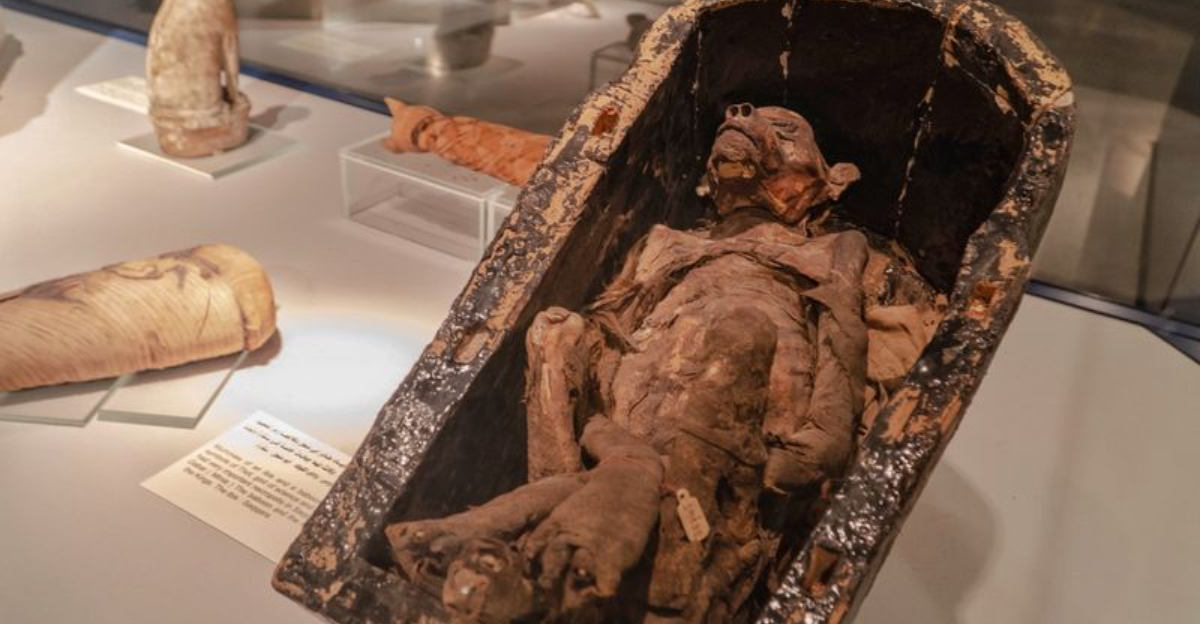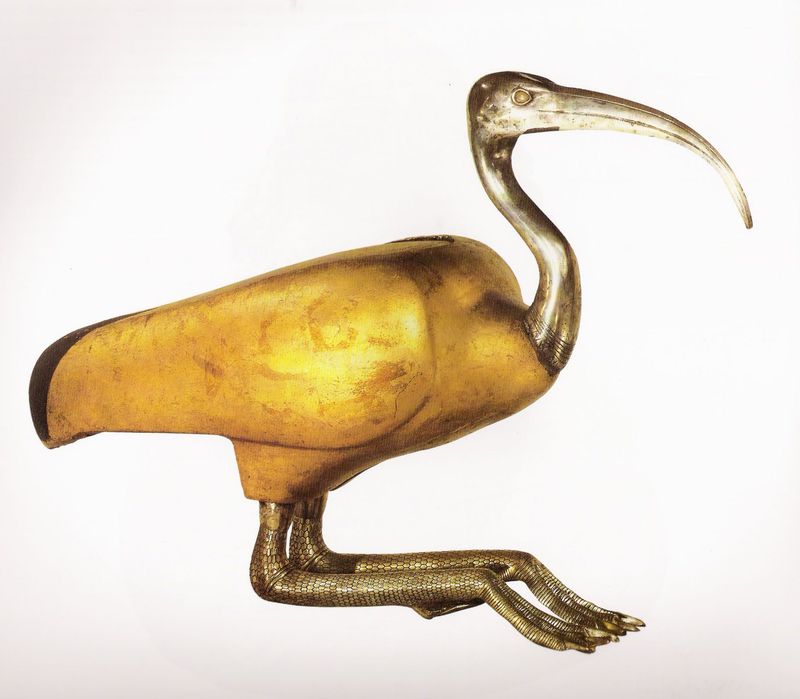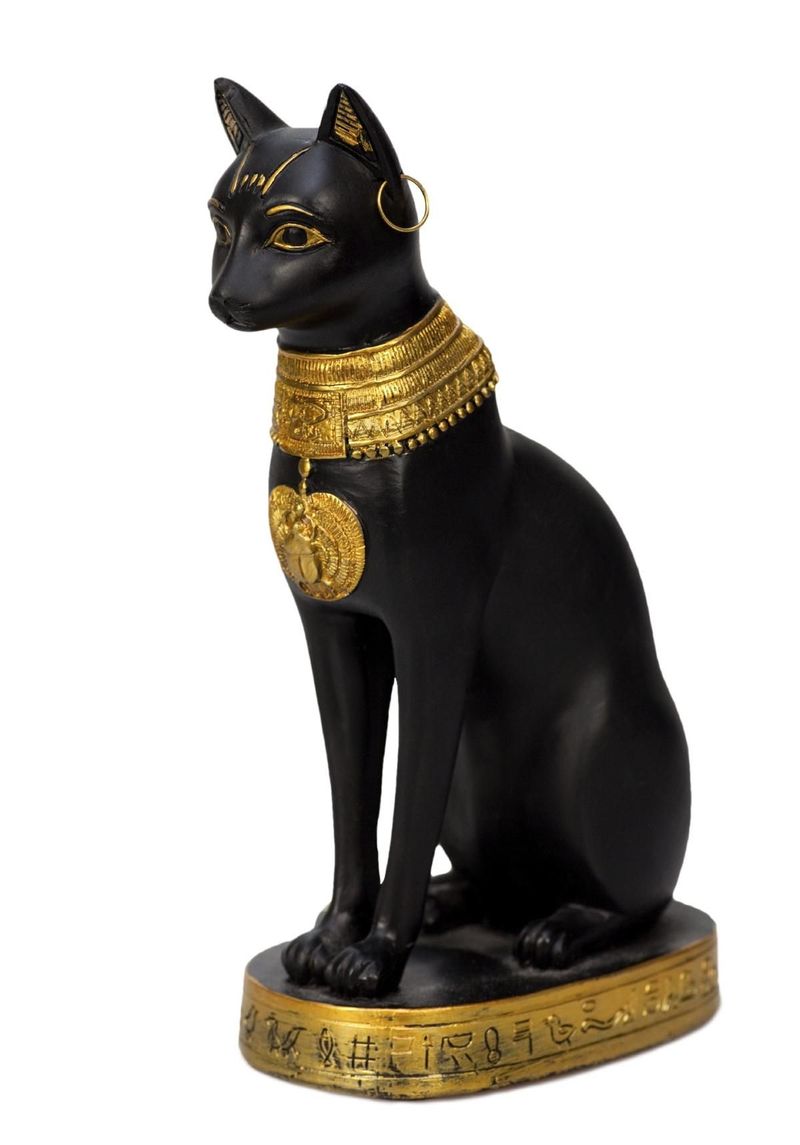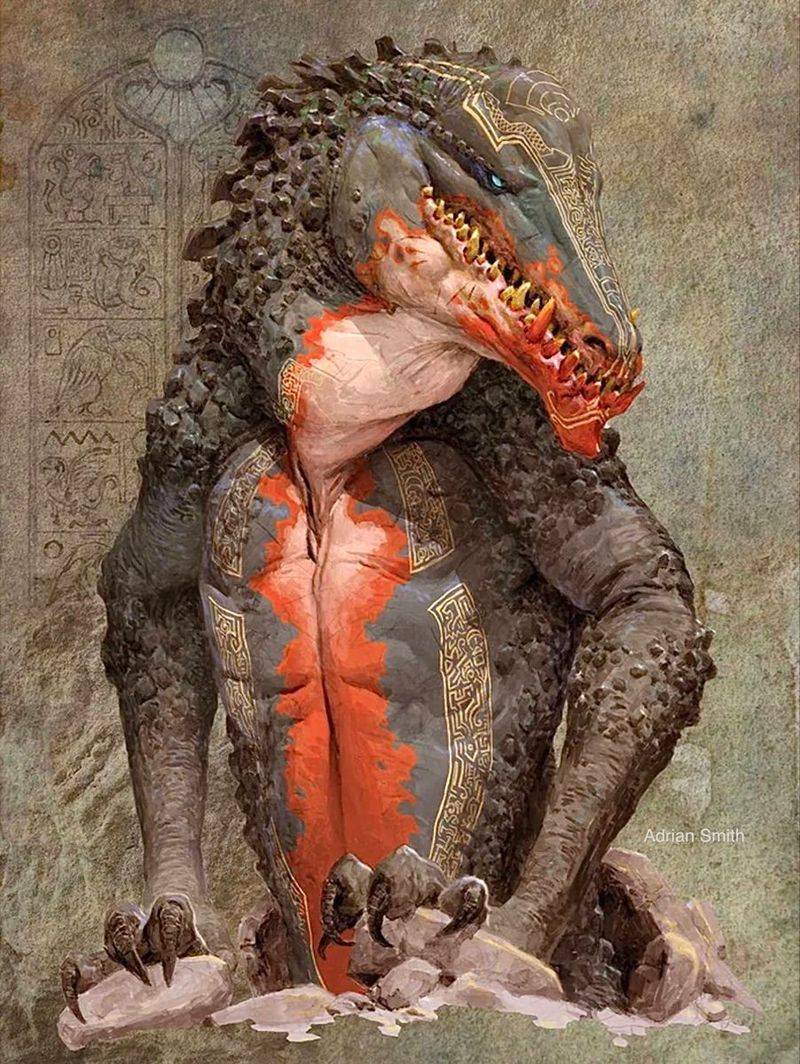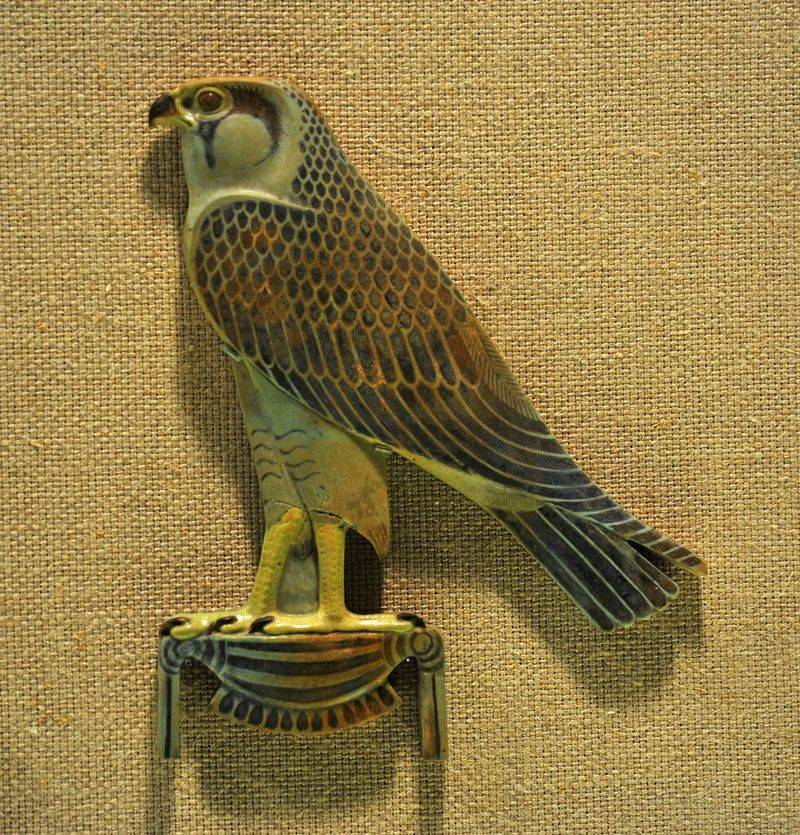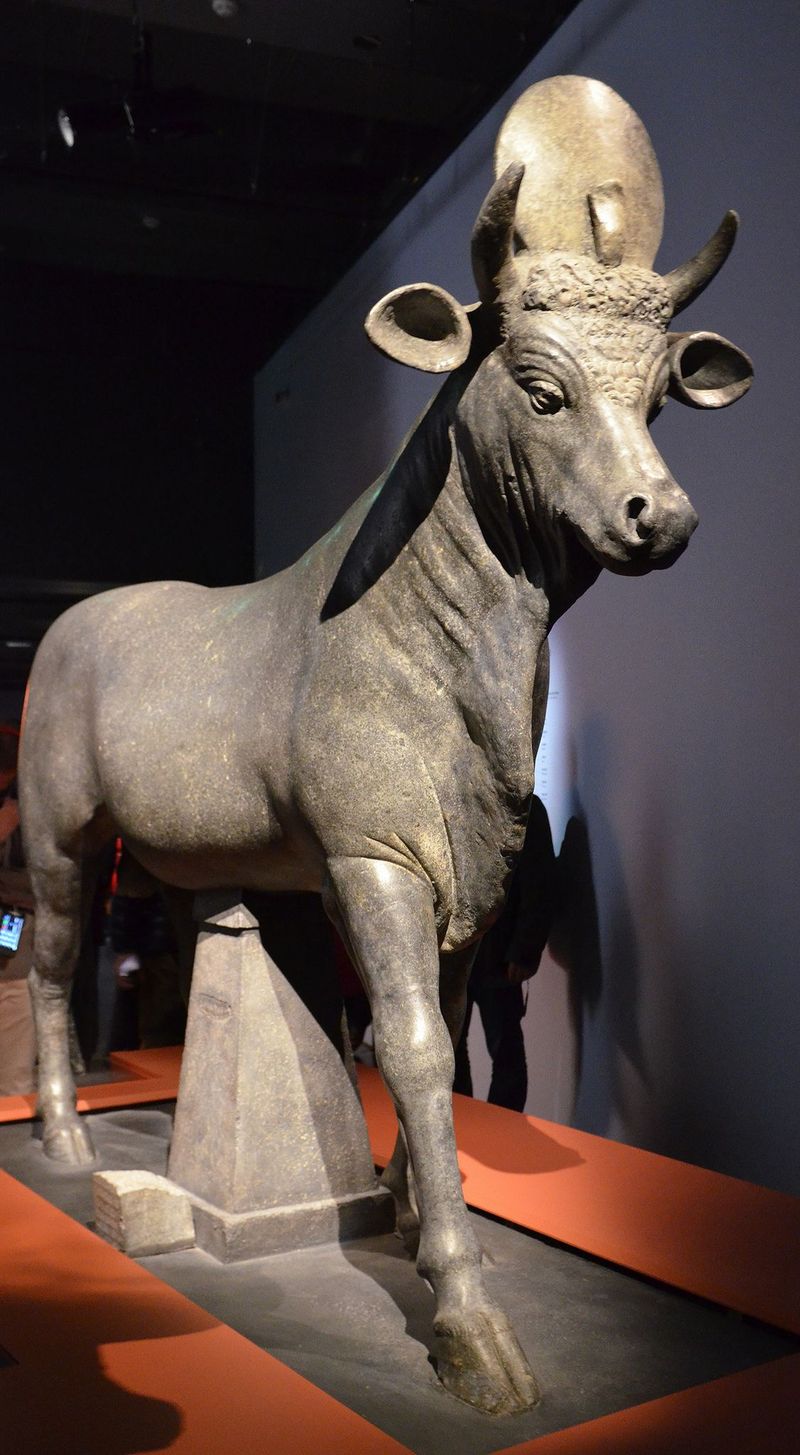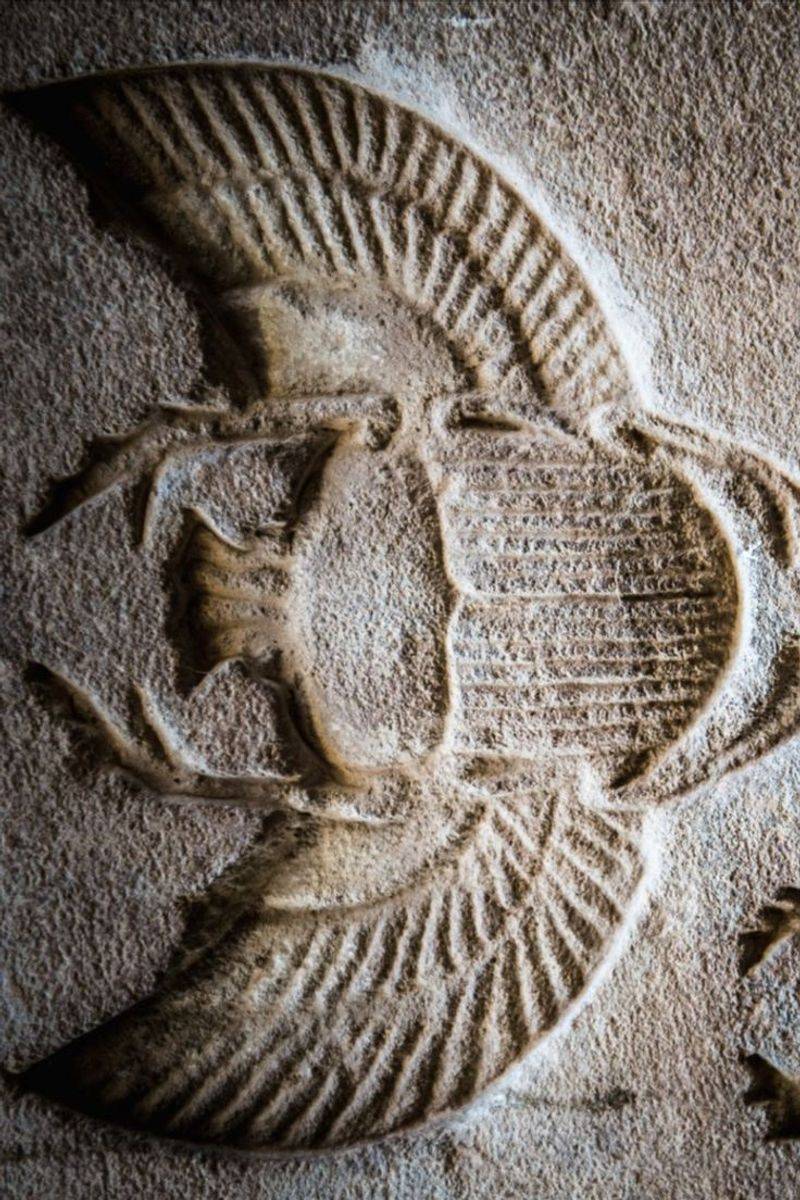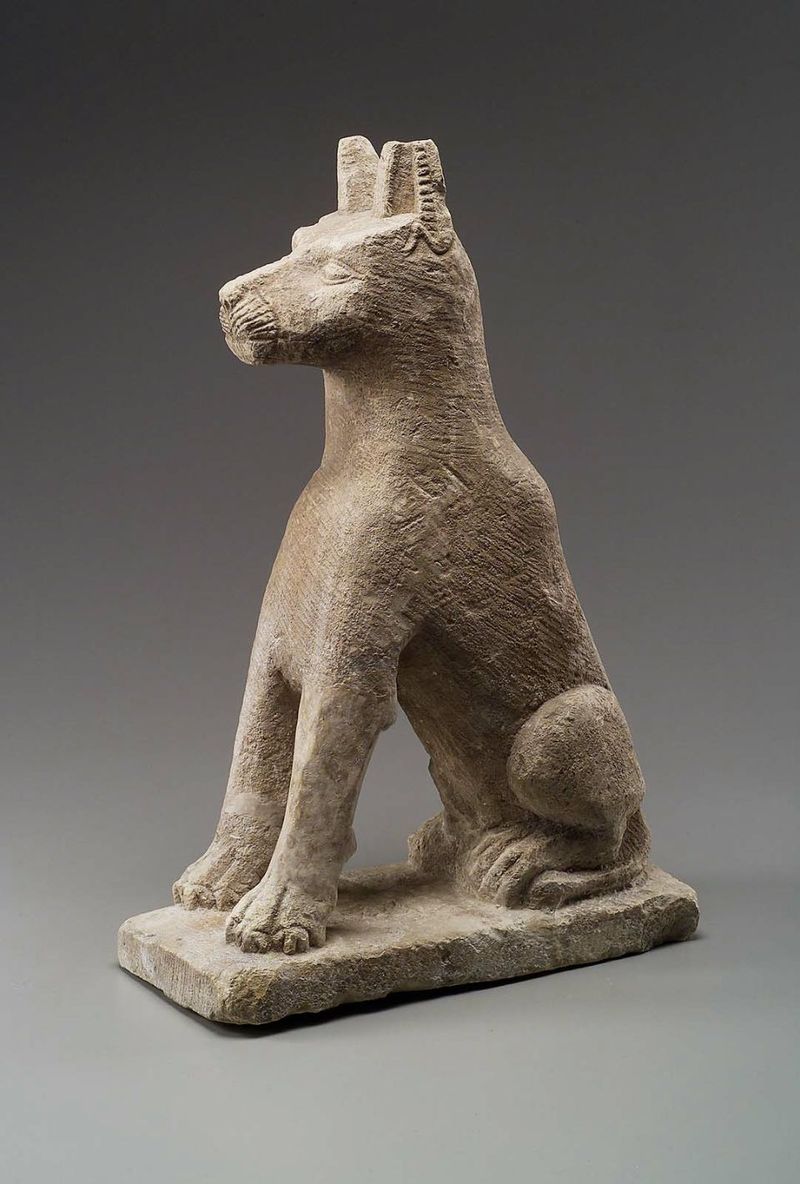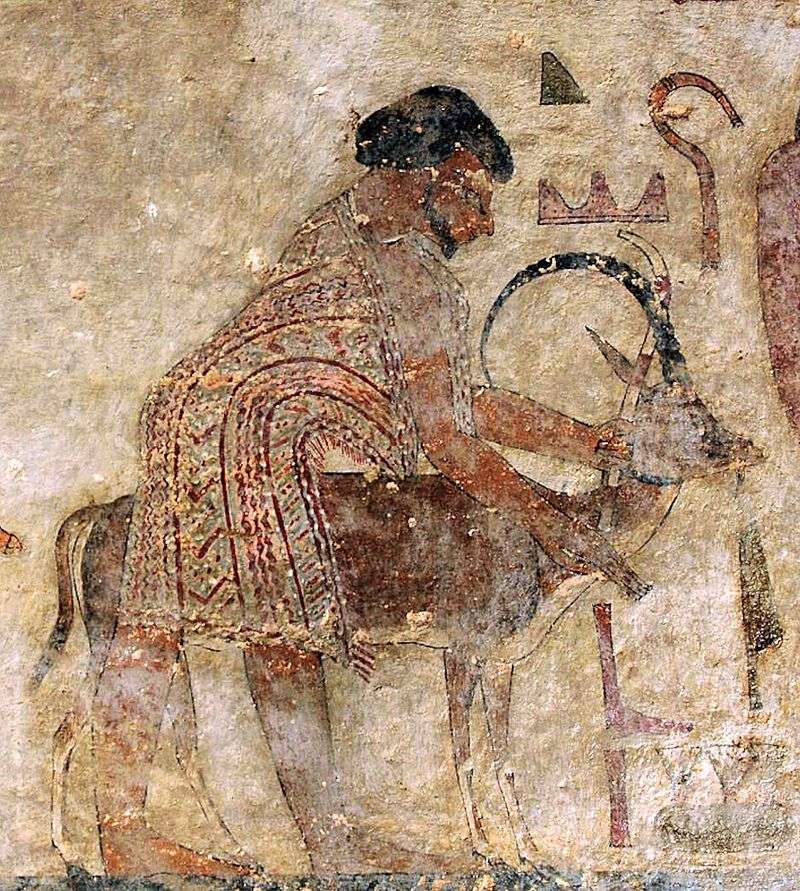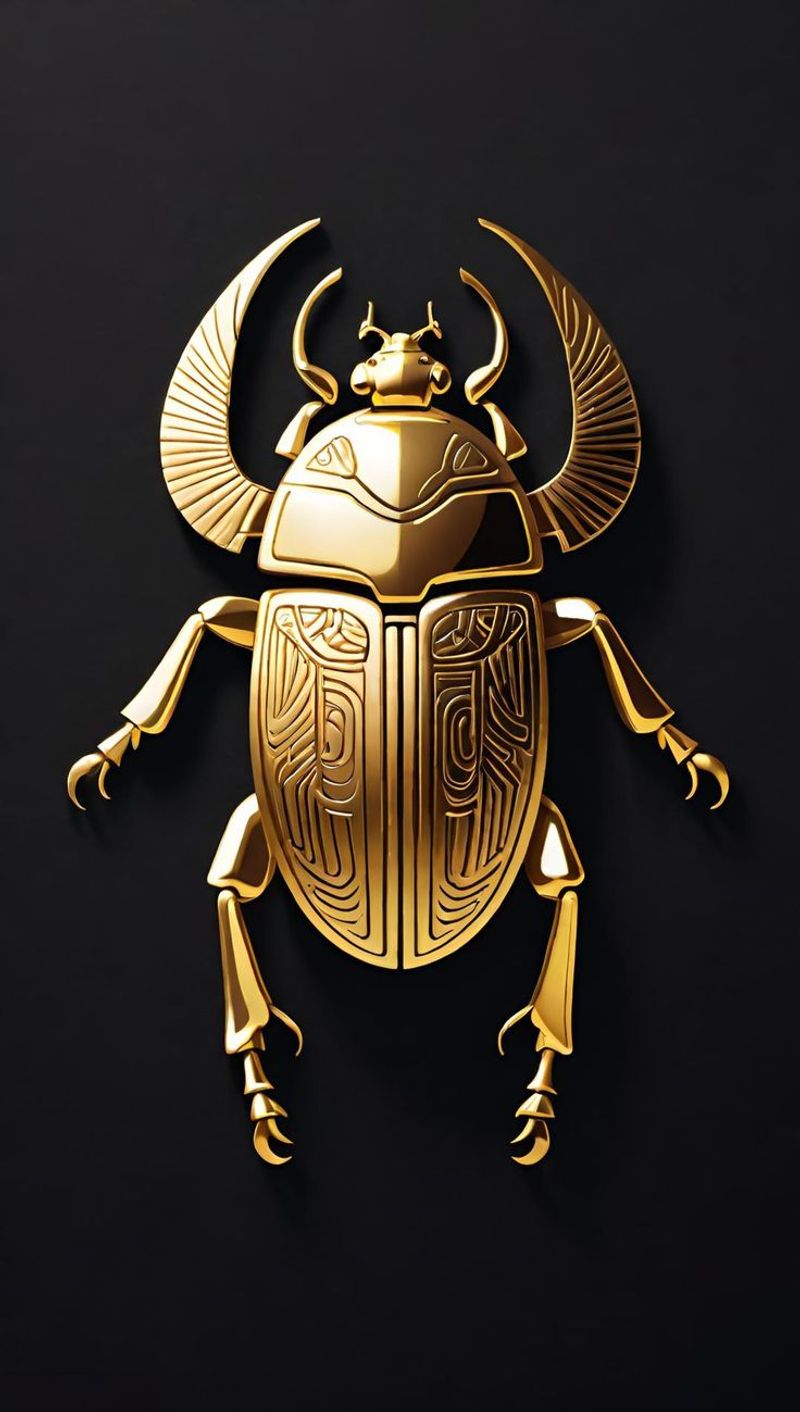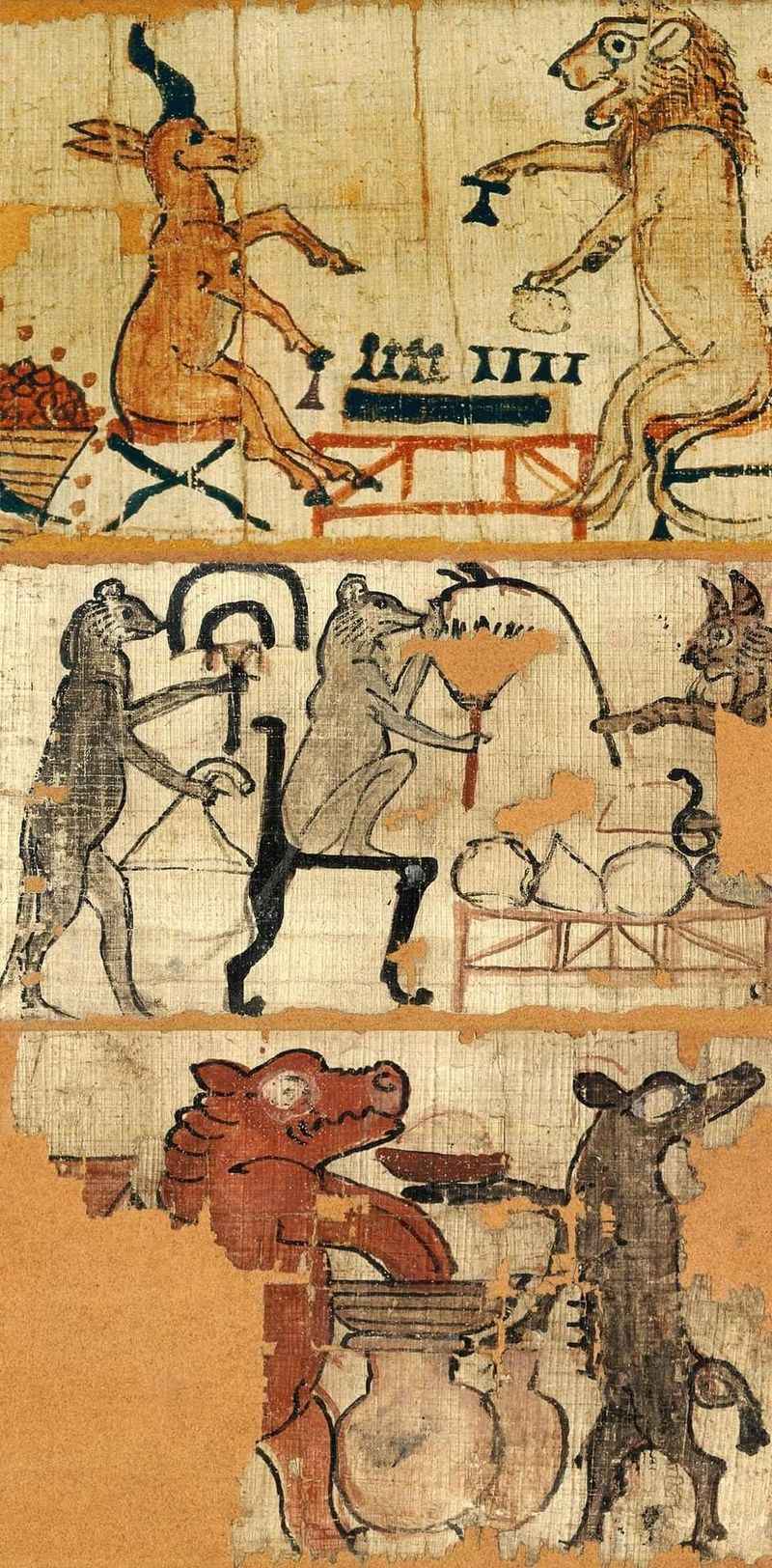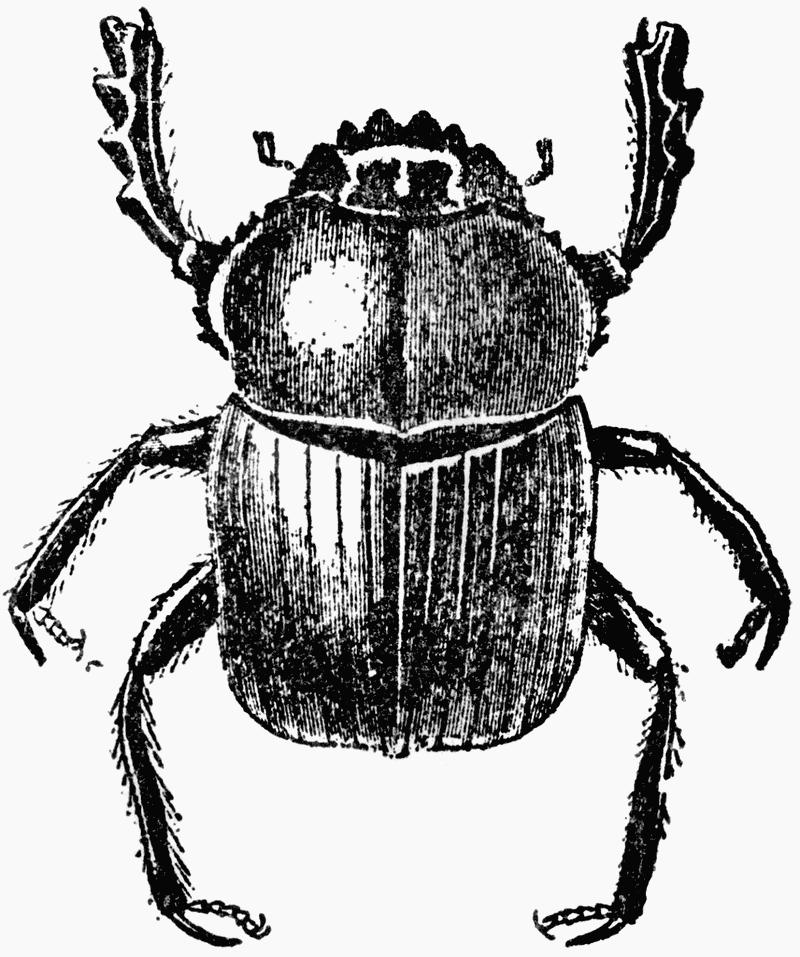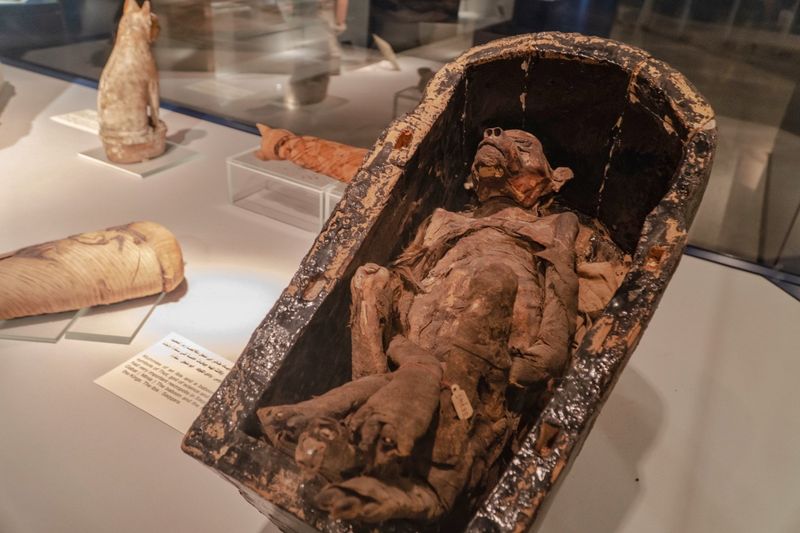Ancient Egypt is not just famous for its pyramids and pharaohs, but also for its fascinating wildlife. Many of these animals played crucial roles in daily life, religion, and culture. Explore these 12 intriguing facts that showcase the importance and uniqueness of animals in ancient Egyptian society.
The Sacred Ibis
The sacred ibis was considered a manifestation of Thoth, the god of wisdom and writing. These birds were often mummified and buried in sacred animal necropolises.
The ibis played a crucial role in religious ceremonies and was believed to have mystical powers. Ancient Egyptians revered these birds not only for their divine association but also for their role in controlling pests.
Sadly, the sacred ibis is now extinct in Egypt, although it can still be found in sub-Saharan Africa. This highlights how integral the bird once was to Egyptian culture.
Cats: The Protectors
Cats were more than just pets in ancient Egypt; they were considered protectors of the home. Egyptians believed that cats could ward off evil spirits and were closely associated with Bastet, the goddess of home, fertility, and childbirth.
Families often kept cats to safeguard their food stores from pests and to bring good fortune. Cats were so revered that harming one, even accidentally, was considered a serious offense.
They have left an enduring legacy, becoming symbols of mystery and grace, much like they were in the days of the pharaohs.
Crocodiles and Sobek
Crocodiles were both feared and revered in ancient Egypt, associated with the god Sobek. Sobek was believed to offer protection and strength, embodying the power of the mighty Nile River.
Temples were built in his honor, and some crocodiles were even kept in temples as sacred animals. These creatures were worshipped, fed, and adorned with jewels.
Yet, they posed a real threat to those living near the Nile, adding a complex layer to their relationship with humans. Sobek’s influence remains a fascinating aspect of ancient Egyptian belief.
The Majestic Falcon
The falcon was symbolic of the sky god Horus, embodying kingship and protection. Pharaohs were often depicted with falcon imagery to signify their divine right to rule.
The bird’s keen eyesight and hunting prowess made it a fitting representation of vigilance and strength. Falcons were often kept in temples and were part of sacred rituals.
Their likeness adorned jewelry, art, and architecture, highlighting their importance in both spiritual and daily life. The falcon remains a potent symbol of majesty and power in Egyptian iconography.
The Mighty Bull
Bulls were symbols of power and fertility in ancient Egypt. They played a vital role in agriculture, helping to plow fields and sustain food production.
Sacred bulls were worshipped as embodiments of gods like Apis, and their movements were seen as divine messages. Temples dedicated to these bulls were centers of worship and celebration.
Bulls represented both physical strength and spiritual significance, connecting the earthly to the divine. Their presence in Egyptian culture underscores the deep respect for animals integral to survival and prosperity.
Scarab Beetle Symbolism
The scarab beetle was a powerful symbol of rebirth and transformation in ancient Egypt. Associated with Khepri, the god of creation and the rising sun, the beetle’s daily journey mirrored the sun’s path across the sky.
Scarab amulets were worn as protective talismans, believed to confer strength and renewal. They were often placed in tombs to assure safe passage to the afterlife.
These beetles embody a deep philosophical understanding of life’s cycles, reflecting the Egyptians’ respect for nature’s mysteries. Their enduring legacy continues to intrigue and inspire.
The Hunting Dog
Dogs were beloved companions and hunting partners in ancient Egypt. Known for their loyalty and agility, they aided in hunting expeditions along the Nile.
Dogs were also symbols of Anubis, the god associated with mummification and the afterlife, linking them to spiritual protection. They were often buried with honors beside their owners, a testament to their cherished status.
The relationship between Egyptians and their dogs reflects a bond that transcended utility, embodying trust and companionship. This kinship still resonates today for dog lovers worldwide.
Hippos: The Unwelcome Guests
Hippos, though often seen as nuisances, played a significant role in ancient Egyptian life. They were both revered and feared, associated with chaos and destruction.
These large animals could disrupt river travel and damage crops, causing tension with human inhabitants. Yet, they were also linked to Taweret, the goddess of childbirth, symbolizing protection.
Hippos were hunted for their valuable hides and meat, reflecting a complex relationship marked by both antagonism and reverence. Their dual nature speaks to the challenges of coexisting with powerful wildlife.
The Industrious Bee
Bees were invaluable to ancient Egyptians, providing honey, which was used as a sweetener, medicine, and offering to the gods.
The industrious nature of bees made them symbols of cooperation and productivity. Egyptians were among the first to practice beekeeping, a testament to their innovative spirit.
Bees and their honey held religious significance, often featured in rituals and embalming processes. Their legacy as crucial contributors to both economy and spirituality continues to be celebrated, exemplifying the harmonious relationship between humans and nature.
The Graceful Gazelle
Gazelles were admired for their grace and speed in ancient Egypt. They roamed the deserts and were frequently depicted in art and sculpture.
These animals symbolized swiftness and were often included in hunting scenes, showcasing their importance in royal hunts. Gazelles also represented agility and vitality, qualities esteemed by the ancient Egyptians.
Their presence in artistic expressions reveals an appreciation for elegance and resilience, traits that resonated deeply within Egyptian culture. The gazelle remains a symbol of natural beauty and endurance.
The Dung Beetle’s Divine Role
Dung beetles were revered in ancient Egypt for their role in promoting fertility and renewal. They were seen as manifestations of Khepri, the sun god, embodying the cycle of life.
The beetle’s behavior of rolling dung balls was likened to the sun’s journey across the sky, a symbol of eternity and regeneration.
These beetles were often depicted in jewelry and amulets, illustrating their sacred status. Their symbolism reflects a profound connection with natural processes and a respect for the mysteries of life and death.
The Clever Baboons
Baboons were admired for their intelligence and social behavior in ancient Egypt. They were associated with Thoth, the god of wisdom, and often depicted as scribes in art.
These primates were believed to possess knowledge of the divine and were kept in temples as sacred animals. Their ability to mimic human behavior fascinated the Egyptians, inspiring legends and stories.
Baboons symbolize intellect and communication, traits that were highly valued in Egyptian society. Their presence in temples underscores their esteemed status as creatures of wisdom.
